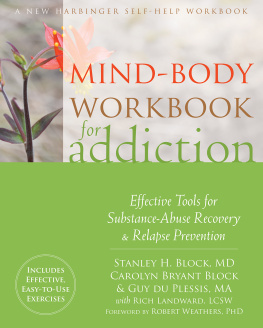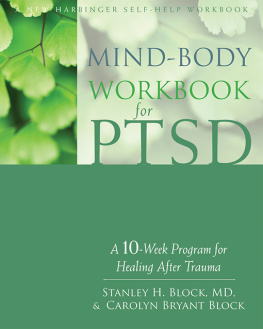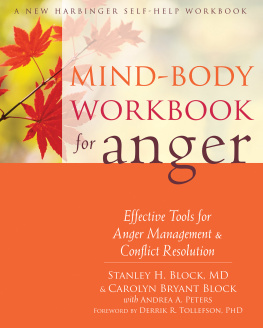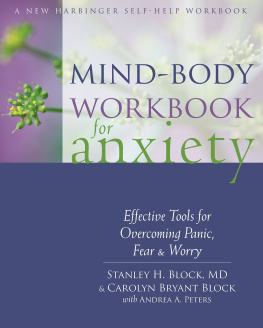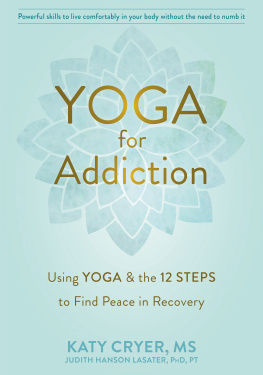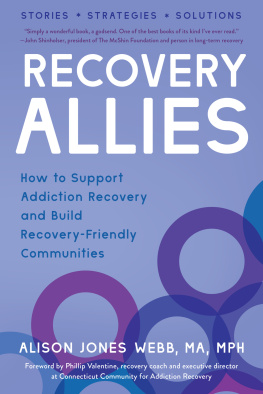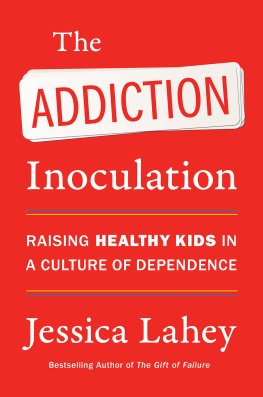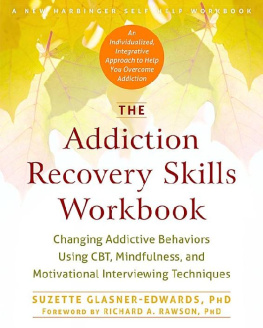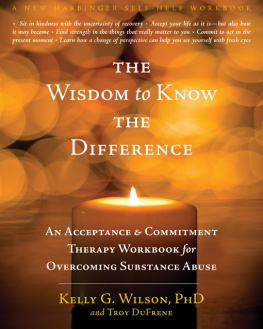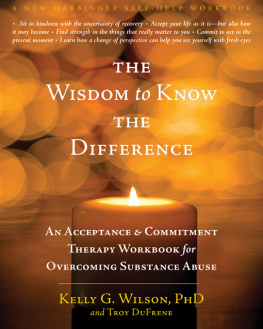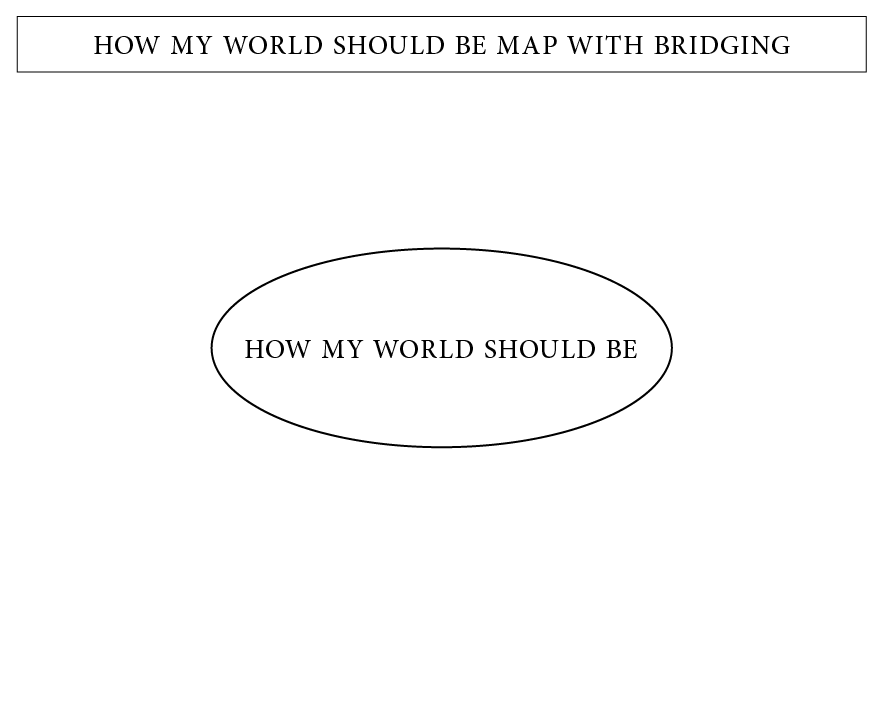Stanley H. Block - Mind-Body Workbook for Addiction: Effective Tools for Substance-Abuse Recovery and Relapse Prevention
Here you can read online Stanley H. Block - Mind-Body Workbook for Addiction: Effective Tools for Substance-Abuse Recovery and Relapse Prevention full text of the book (entire story) in english for free. Download pdf and epub, get meaning, cover and reviews about this ebook. year: 2016, publisher: New Harbinger Publications, genre: Religion. Description of the work, (preface) as well as reviews are available. Best literature library LitArk.com created for fans of good reading and offers a wide selection of genres:
Romance novel
Science fiction
Adventure
Detective
Science
History
Home and family
Prose
Art
Politics
Computer
Non-fiction
Religion
Business
Children
Humor
Choose a favorite category and find really read worthwhile books. Enjoy immersion in the world of imagination, feel the emotions of the characters or learn something new for yourself, make an fascinating discovery.
- Book:Mind-Body Workbook for Addiction: Effective Tools for Substance-Abuse Recovery and Relapse Prevention
- Author:
- Publisher:New Harbinger Publications
- Genre:
- Year:2016
- Rating:3 / 5
- Favourites:Add to favourites
- Your mark:
Mind-Body Workbook for Addiction: Effective Tools for Substance-Abuse Recovery and Relapse Prevention: summary, description and annotation
We offer to read an annotation, description, summary or preface (depends on what the author of the book "Mind-Body Workbook for Addiction: Effective Tools for Substance-Abuse Recovery and Relapse Prevention" wrote himself). If you haven't found the necessary information about the book — write in the comments, we will try to find it.
Certified as an evidence-based intervention by The Substance Abuse and Mental Health Services Administration (SAMSHA), and listed on the National Registry of Evidence-based Programs (NREPP).
Seeking treatment for substance abuse or addiction is half the battlestaying sober is the other. In this important book, physician Stanley Block and addiction specialist Guy du Plessis present a powerful, easy-to-use program for overcoming addiction utilizing the mind-body bridging modality.
If youre recovering from substance abuse, you know that every day is a new battle. In fact, staying sober is one of the hardest aspects of addiction recovery, and many people end up relapsing. If youve tried traditional treatment but are still struggling to stay on the path to sobriety, you may be ready for a new approach.
In Mind-Body Workbook for Addiction, Stanley Block, MD, Carolyn Bryant Block, and founder of the popular Integrated Recovery Program (IRP), Guy du Plessis present an innovative and clinically proven mind-body bridging technique to help you stay sober, manage emotions and stress, and ultimately build a better life. Inside, youll find easy-to-use self-help exercises to help you uncover addiction triggers, stay grounded, and prevent future relapse so you can finally heal.
Mind-body bridging is a proven-effective method of self-help that teaches you how to regulate strong emotions such as anxiety, anger, worry, and stressall emotions that lie at the core of addiction issues. Youll learn how to become aware of your negative thoughts, experience them without pushing them away, and then use your physical senses to become more grounded and relaxed, rather than turning to alcohol or drugs for relief.
If youre ready to finally gain control of your addiction and stay sober, this book has the potential to change your life.
Stanley H. Block: author's other books
Who wrote Mind-Body Workbook for Addiction: Effective Tools for Substance-Abuse Recovery and Relapse Prevention? Find out the surname, the name of the author of the book and a list of all author's works by series.

